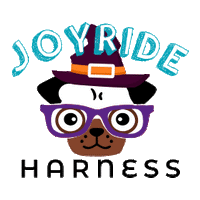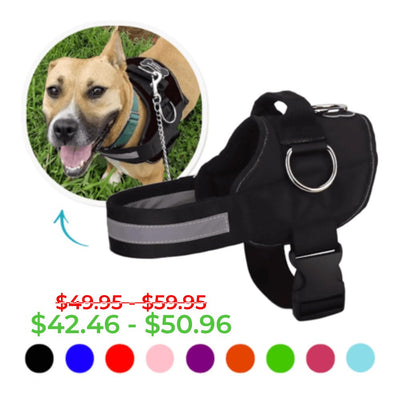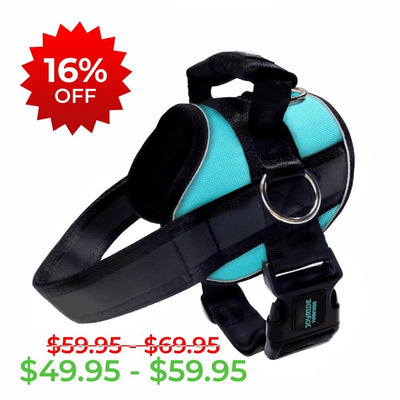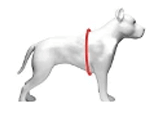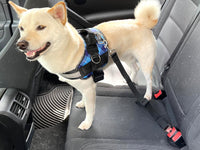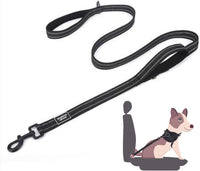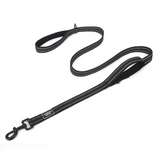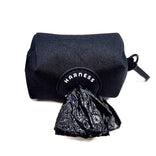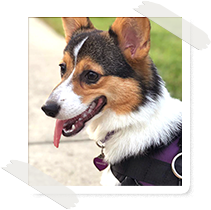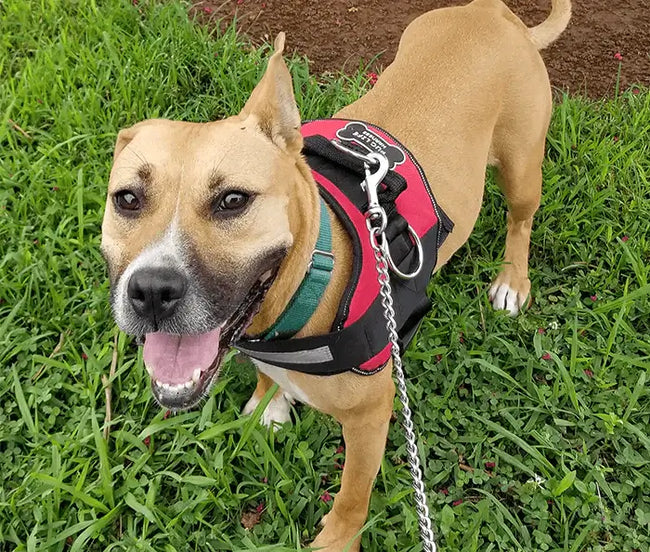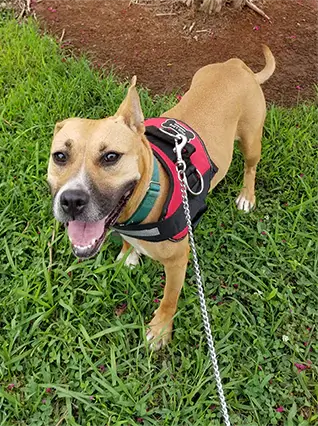How Long Does It Take to Leash Train a Puppy?
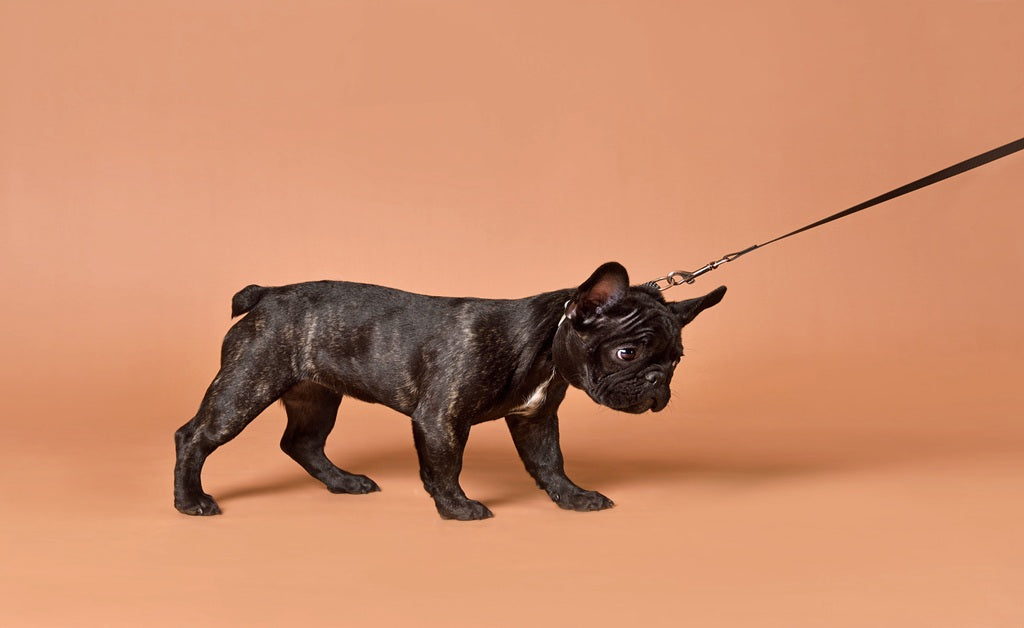
It's thrilling to come home with a new pup, but to train them to walk calmly, correctly, and with no pulling or ignoring, can be daunting. Every new pup parent wishes their fluffy bundle wouldn't yank, jump, or just get stuck in a sitting position. The silver lining? The overwhelming majority of pups are trainable to achieve some bare minimum leash manners with daily coaching. How long does it take to leash train a puppy? With consistency and the right tools, the process can be surprisingly manageable within a few weeks.
Leash training isn’t just designed to make your life easier, however - it's a safety and socialization concern. A well-mannered dog can safely go into the world, get proper exercise, and go on excursions with you, year after year.
If you understand what affects the timeline, you'll be better informed to understand what to anticipate and stay inspired during the process.

Variables That Affect the Training Period
Each dog responds to things differently, and a number of factors dictate just how soon your dog learns to walk with a leash.
Do you know what age to start leash training a puppy? Age can go a very long way to a course's success. Puppies from 8 to 16 weeks are at their prime time to learn and are quick to be trained. It's a little slower with mature dogs since they’re already old enough to form independent habits, but they can be trainable with care.
Breed traits are taken into account, too. Heeling breeds such as Border Collies are going to be quick learners since they desire to please, but independent breeds such as Huskies or Beagles are going to be slower or require ingenuity. Smaller dogs are going to be afraid to go outside to begin with, while bigger dogs are going to be inherently stronger pullers.
It's normally your pup's temperament that will guide your training. Puppies with outgoing, extroverted personalities are curious and will need to be taught to exercise self-control. Nervous or shy pups require time to gain confidence before they can be trainable to walk with a leash. Be mindful of your pup's personality and tailor expectations to fit.
Important Training Steps
Success begins with usable equipment and the right methods.
Opt to buy a dog harness rather than a collar with most dogs. Harnesses apply force across the chest, away from the vulnerable neck area, to make walks less painful. Another useful aspect is front-clip harnesses, especially with pulling dogs, since they shift their forward motion to perfection. The best harness for teaching a puppy to walk on a leash is one that prioritizes comfort and control, helping correct pulling behavior gently.
Gradually make them accustomed to the harness by letting them smell and get familiar with it before dressing them up. Start with a few minutes inside, treating them and praising them as they are in it. Once they are used to it, incorporate the leash and have them pull it around with you as a supervisor.
Exercise positive reinforcement each time during a session. Treat your pup with goodies, hugs, or play time each time they walk next to you, gaze into your eyes, or come to their name. Using the best leash for puppy training, one that is lightweight an+d easy to manage, will make the process smoother for both you and your dog.
Preserving Consistency
Consistent daily practice has the largest impact on how fast your dog learns.
Brief, regular exercise sessions are better than long, energy-wasting walks. Begin with 5-10 minute exercise sessions and lengthen them as your pup's time of concentration improves, and their energy levels are increased. Two or three shorter walks are better than a prolonged exercise session. Make sure to use the best leash to train a dog for these sessions to ensure maximum control and safety.

Exercise patience in frustrating times, since development never provides a smooth, rock-solid road. There are occasions your dog will seem to forget everything. It’s OK, and a healthy aspect of development. Be patient, go back to fundamentals, and consider small successes within those processes.
Leash Training for Your Dog
Leash training doesn't always arrive quickly, but care taken here gives way to years of joyful walking together. In a month's daily exercise, with ordinary dogs, a significant development becomes evident, although some may just need a bit more time to absorb it all.
Keep in mind, a step in a slightly better direction should be a reason to rejoice. Make having a positive association with your dog more significant than being perfect within a moment. Consistency, gentle repetition, and correctness will generate a respectful walking companion sooner or later.
